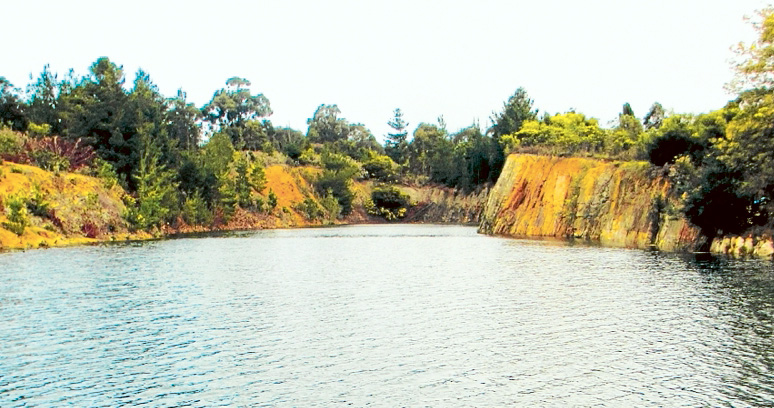
PARKS Victoria is planning to allow non-powered watercraft such as kayaks and canoes to use parts of Devilbend Reservoir for recreation.
Shore-based fishing is already allowed in some areas and now Parks is looking to extend the range of activities at the 1005 hectare natural features reserve at Tuerong, near Moorooduc.
Community to comment is being sought on proposals to allow non-powered watercraft on parts of the former reservoir’s 250ha of water.
Devilbend is recognised internationally for its role in the conservation of bird populations, with more than 44 species resident in the reserve, including eight threatened species.
Parks Victoria’s area chief ranger Georgia Kerr said “we believe canoeing and kayaking as well as improving fishing experiences will contribute to improved physical, mental and social health in our community”.
“It’s really important that we ensure the proposed recreational boating activity at Devilbend considers the needs of park visitors and the impact on birdlife in the park.”
In 2015 Parks Victoria commissioned the Arthur Rylah Institute for Environmental Research to investigate the impacts of non-powered watercraft on blue-billed ducks and other waterbirds at Devilbend.
“As a result of the Arthur Rylah Institute investigation, Parks Victoria is proposing a watercraft exclusion zone on the eastern side of the reservoir to minimise any potential disturbance in the largest habitat area for water birds including blue-billed ducks,” Ms Kerr said. She said the noise and speed of powered watercraft was considered to be too much disruption for waterbirds “and as such won’t be allowed”.
“The discussion paper on our website provides lots of detail for the community to consider and we would like to encourage people to get involved in the discussion so we can ensure the best outcome for the park.”
The deadline for feedback on proposed boating access is open until Friday 24 March.
For more information call 13 1963 or visit the Parks Victoria website: parkweb.vic.gov.au/explore/parks/devilbend
First published in the Southern Peninsula News – 28 February 2017



